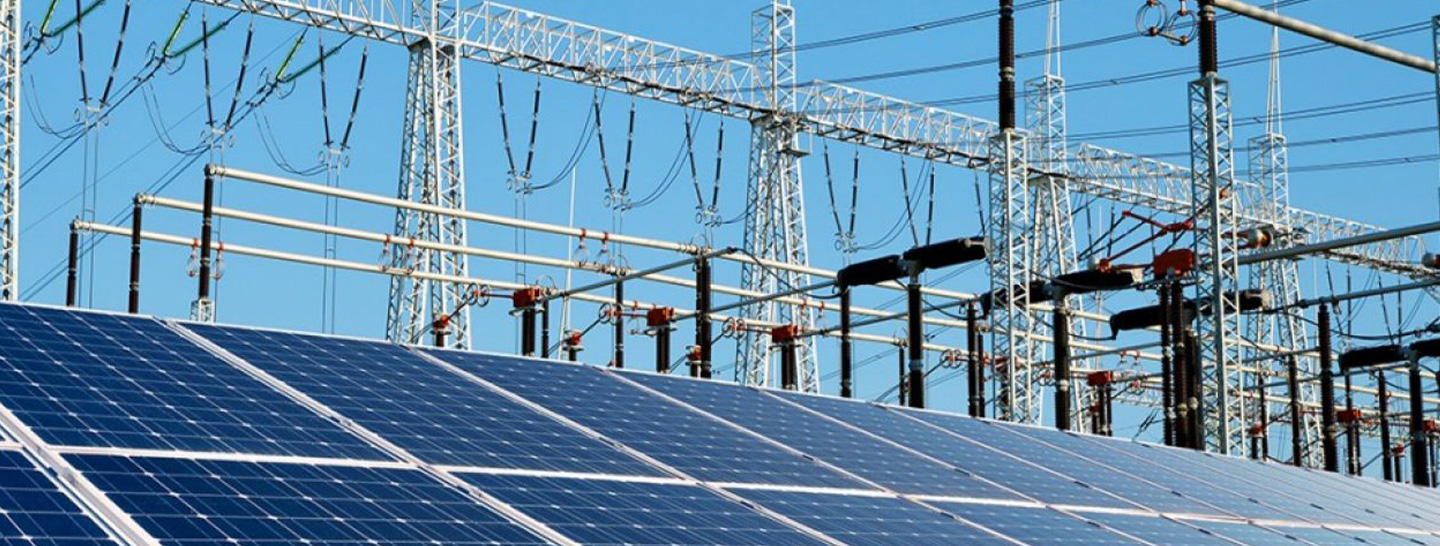Headlines on Monday, April 20, brought news that many readers couldn’t quite grasp: the price of oil had gone negative. For West Texas Intermediate, the specific oil benchmark being referenced, this had never before happened.
But, as many energy industry specialists know, in wholesale electricity markets with significant renewables penetration, negative power prices are a somewhat common occurrence. And, just as with negative oil prices, it often benefits storage owners.
Why did oil prices become negative?
To be clear, the price of oil in this case had little to do with the price at the pump. Instead, it pertained specifically to a futures contract for oil delivery to Cushing, Oklahoma for the month of May.
Futures contracts are complicated and varied instruments that are often traded by market participants like banks and hedge funds who have no intention of ever accepting the underlying commodity (in this case oil), but there are also market participants who use these contracts because they want to buy or sell the physical commodity.
But last month, when futures contracts neared their expiration date, the storage near Cushing was already nearly full after demand for oil had collapsed due to the effects of the coronavirus pandemic and a price war had erupted between Russia and Saudi Arabia.
Traders who normally view the contract only as an abstraction could not find buyers who wanted the physical oil, and were about to be on the hook to accept that physical delivery. As a result, it required negative prices—i.e., a payment—to attract potential buyers. For an oil tanker hundreds of miles from the physical delivery point, for instance, only a payment could cover the costs of taking the delivery.
Why do prices turn negative in energy markets?
Several areas with significant renewable generation—sunny Southern California and windy West Texas, for instance—experience negative energy prices in wholesale energy markets with some regularity, and similar economic fundamentals explain the negative pricing. In the California ISO, for instance, it’s already happened several times this year.
While negative prices typically last less than an hour, the chart below shows one day in January when prices (in purple) went negative for 5 hours. On this day, you can see how prices are clearly inversely correlated with renewable generation (in green).
Utilities and generators need to ensure the grid balances supply and demand in real time, and significant renewable generation complicates the process. Traditionally, energy grids ramped generation up and down piecemeal to match predictable loads on any given day. Renewables, by contrast, produce intermittently and according to the weather, which does not always align with demand. With the proliferation of renewables in certain areas, like California and Texas, the effect of this intermittent supply can create added price volatility. When there is significant excess energy, that electricity gets priced to sell as fast as possible.
Why don’t generators just stop generating?
It may seem that a more intuitive answer to plummeting electricity prices would be to simply curtail generation.
Yet for renewable generators, supplemental revenue streams often make it a better financial decision to continue selling energy at negative prices. Renewable generators often receive RECs for every MWh produced—that revenue, combined with the cost or time involved in stopping generation, leads generators to simply keep producing.
Who benefits from negative prices?
In the case of both electricity and oil, owners of storage assets – whether that’s an oil tanker or a battery – are in a unique position to capture the market benefits associated with oversupply.
Oil tanker rates have recently more than doubled as demand for storage and transport increase. “Right now, storage seems more valuable than oil,” Daniel Yergin, vice president of IHS Markit, told The Wall Street Journal. “Storage was a logistical tool. Now it’s a prized commodity.”
Similarly, battery energy storage allows users to store electricity during hours when it is cheapest, and then dispatch it later when prices are higher. Typically, electricity consumers are not directly exposed to wholesale market prices, which is where prices turn negative; however, certain electricity contracts are directly indexed to wholesale prices and enable end consumers to capitalize on wholesale price volatility through automated trading algorithms. Storage coupled with renewable energy projects may increase the advantage of this economic optimization, by providing valuable firming capacity to intermittent resources.
Are negative prices here to stay?
Oil has since risen above zero, but its price is down significantly on the year. Some analysts think there is a chance that, when the June contracts are due to expire, prices could once again plummet.
Electricity prices, in the near-term, will certainly continue to occasionally turn negative in markets like California. But there is hope that increased storage, combined perhaps with advances in storage technology, can help balance the grid and minimize some of the price volatility on display when prices go negative.








